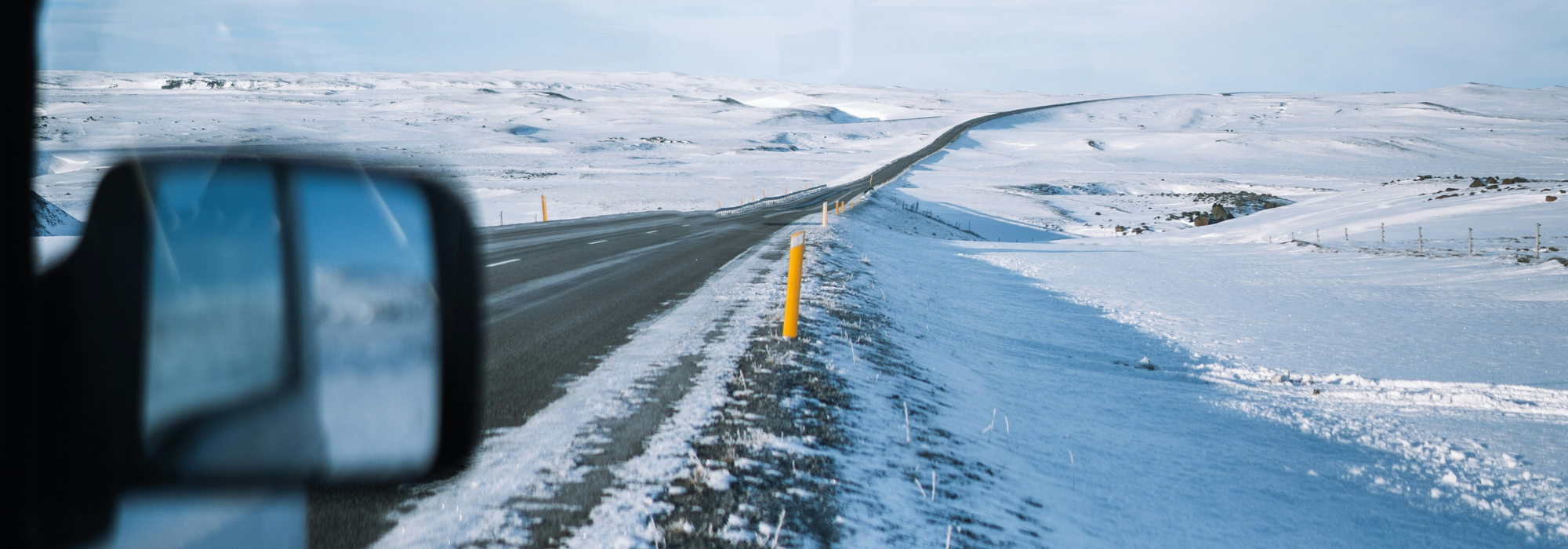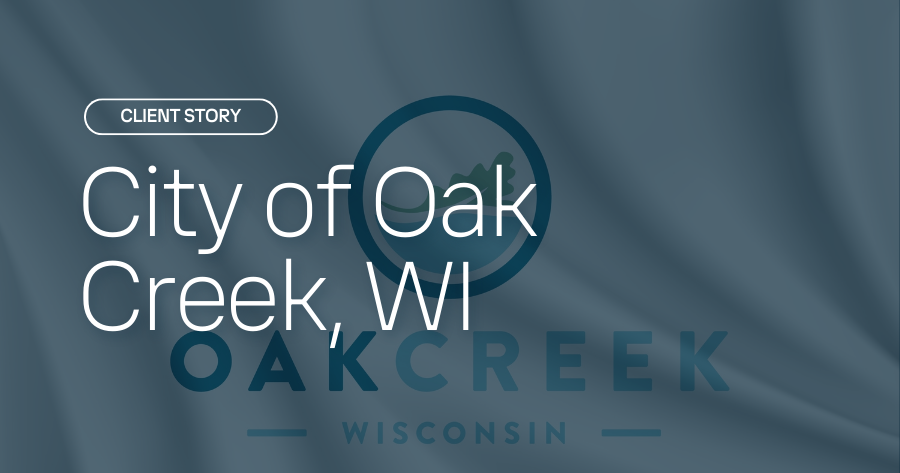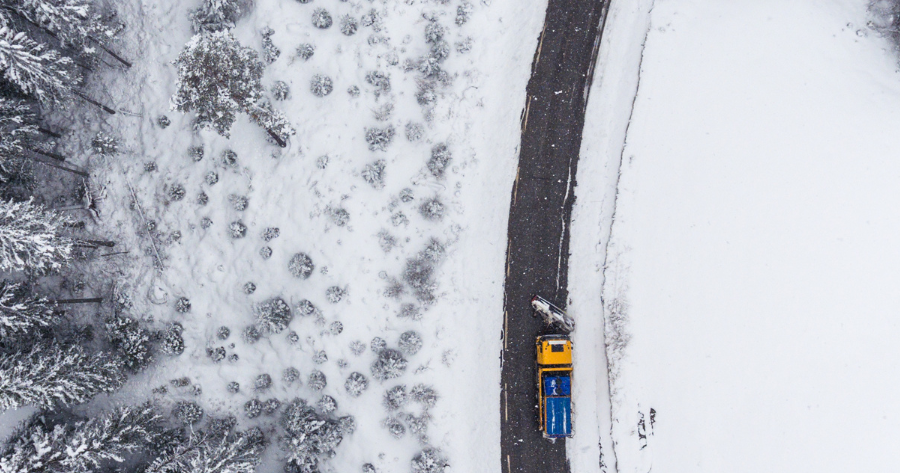As municipalities reflect on what worked and what didn’t, many are re-evaluating their approach to winter maintenance.
Another winter is behind us—and once again, the environmental impact of road salt is in the spotlight. From rising salinity in freshwater ecosystems to corroded infrastructure and vehicles, the downsides of traditional deicing methods are becoming harder for cities and agencies to ignore.
With road salt alternatives gaining traction across North America, it’s clear that safer, smarter options are not just possible—they’re already in use.
Why traditional road salt is a growing concern
Sodium chloride (rock salt) is cheap and effective at melting ice, but it comes with major trade-offs:
Water contamination: Salt runoff raises salinity in rivers, lakes, and groundwater.
Damage to infrastructure: Bridges, roads, and vehicles corrode faster in high-salt environments.
Soil and plant harm: Salt kills vegetation and alters soil chemistry.
Many regions now spread millions of tons of salt each winter, and the long-term environmental costs are stacking up. This has sparked a push for proven, practical alternatives.
Road salt alternatives that cities are already using
These deicing options are already in commercial use and backed by municipal case studies:
Beet brine (or beet juice blends)
Used in: Calgary, Toronto, Barrie, and several U.S. cities
How it works: A byproduct of sugar beet processing, beet juice is blended with brine and sprayed on roads. It sticks better to surfaces and lowers the freezing point, making salt more effective at lower concentrations.
Benefit: Reduces total salt usage by up to 30%. Also biodegradable and less corrosive.
Cheese brine
Used in: Wisconsin municipalities
How it works: This salty byproduct from cheese production is spread on roads either as a pretreatment or in combination with traditional salt. It’s particularly useful in regions with local cheese manufacturing.
Benefit: Repurposes waste, cuts down on raw salt use, and prevents snow bonding.
Treated salt blends (with organic additives)
Used across: U.S. Midwest and Northeast
How it works: Traditional salt is treated with organic-based performance enhancers (OBPEs), including distillery byproducts and sugars. Products like ClearLane and GeoMelt are examples of this approach.
Benefit: Works at lower temperatures and sticks to pavement, reducing bounce and scatter.
These road salt alternatives offer a path to safer, more sustainable winter maintenance—but the materials themselves are only part of the equation. To truly optimize usage, cities need the ability to apply the right treatment, at the right time, in the right place. That’s where smarter spreading and a data-driven approach come in.
How the City of Oak Creek reduced salt use with Wx Horizon
One of the biggest challenges in winter road maintenance isn’t just what you spread—it’s when and where you do it. The City of Oak Creek, Wisconsin, offers a case study in how smarter weather intelligence can make alternatives more viable.
Oak Creek implemented Wx Horizon, a winter maintenance subscription service that delivers data-driven insights into current and future weather conditions across your entire network. The tool gave them precise forecasts down to the street level, including surface temperatures and treatment windows.
Key outcomes:
80 tons of salt saved in a single event
Fewer unnecessary applications, especially on days when conditions didn’t warrant treatment
Improved timing of anti-icing and pre-treatment strategies using beet brine and treated salt
This is a powerful demonstration that accurate weather data isn't just a nice-to-have—it's essential when trying to reduce salt dependency without compromising road safety.
"Multiple city employees that live in neighbourhood communities have asked how we are so successful while reducing salt use."
Tyler Buerger, Assistant Director of Public Works, City of Oak Creek, WI
From salt-heavy to salt-smart: What’s next?
The shift away from oversalting and granulars is already underway, driven by both environmental urgency and smarter tools. Municipalities looking for road salt alternatives don’t have to start from scratch—proven materials and tested strategies already exist.
By combining effective, lower-impact deicers with precision forecasting tools like Wx Horizon, cities can cut salt usage, save money, and protect the environment—without sacrificing safety.
The winter season might be over, but the time to plan for the next is right now.


